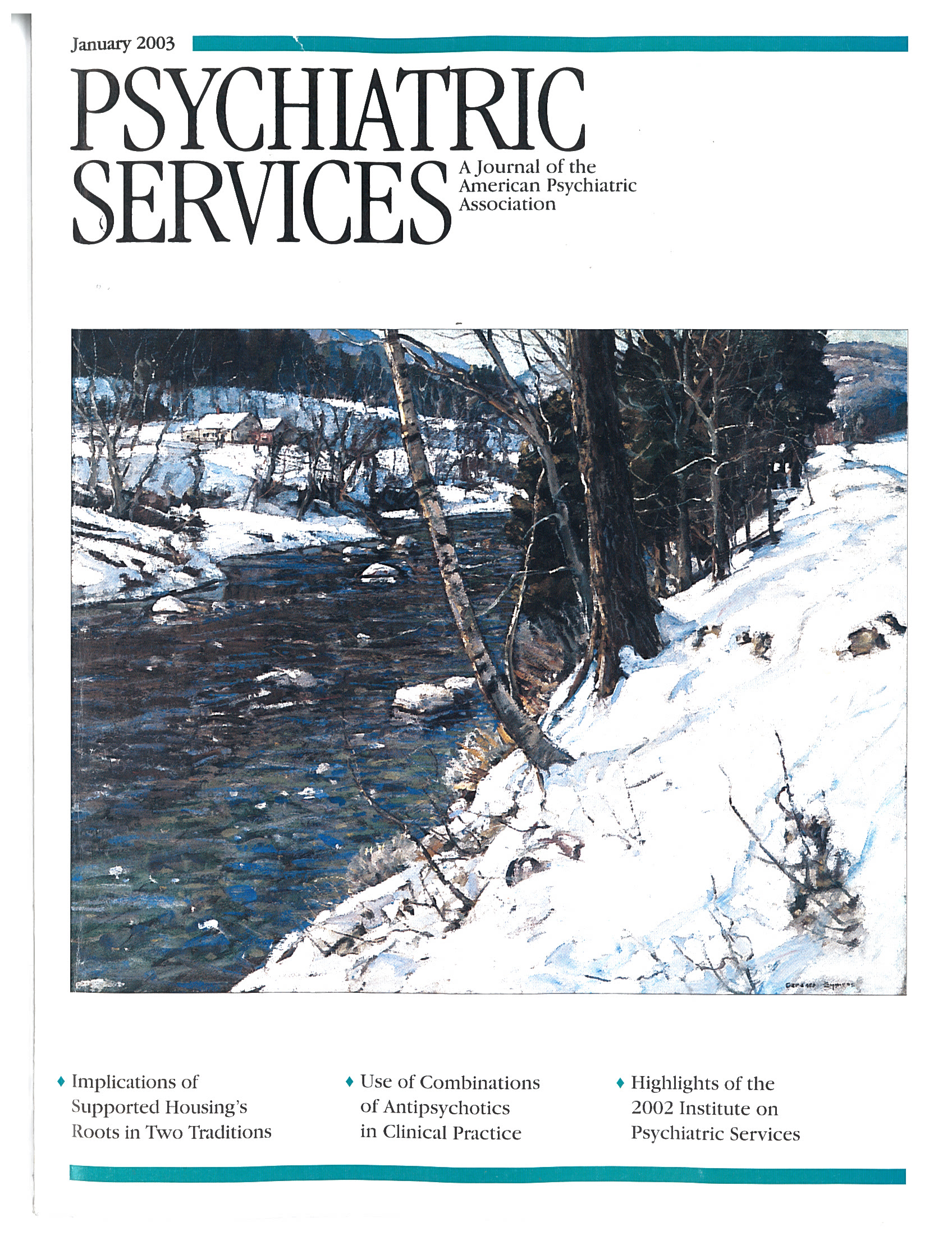Aggression and Antisocial Behavior in Children and Adolescents: Research and Treatment
Aggression and antisociality are difficult concepts to utilize in practice. Daniel F. Connor's new book, Aggression and Antisocial Behavior in Children and Adolescents, provides a comprehensive examination of these topics in a thoughtful and productive manner from a developmental perspective. Dr. Connor, a faculty member at the University of Massachusetts Medical School, has surveyed the literature on aggression and antisociality in childhood and synthesized it into a useful volume that is both a guide for the treating clinician and a reference tool for the researcher or nonclinician.
The book opens with an ontological study of aggression and the ways it can be subtyped. Connor roots this discussion in the psychological, sociological, and psychiatric literature that has attempted to produce useful models of this behavior. Throughout the book, the author remains committed to demonstrating the empirical basis of these efforts, but he seems willing to go beyond the limitations of these studies to speculate on the potential directions in which such work may expand understandings of these phenomena.
In chapter 4, Connor presents the major DSM-IV and ICD-10 categories through which aggression and antisociality might be diagnosed. This move makes the book accessible to a wider global audience that may not use DSM. Chapter 5 presents the risk and protective factors that affect aggression and its related behaviors, an important perspective for those who are interested in early intervention or prevention.
Connor furthers his review of scientific studies relating to aggression by examining the psychobiology and neurobiology literatures and placing these within developmental and biosocial models. Another useful component of this book is a full chapter on female aggression that brings to light the specific ways in which women's developmental experience and outcomes differ from those of males, who have been the traditional focus of aggression research.
Finally, Connor presents three chapters that detail current therapeutic interventions. In particular, chapter 11 provides broad overviews of the ways in which family intervention, cognitive-behavioral therapy, and prevention programs have dealt with aggression. These sections lack sufficient detail to guide the treating clinician who has not used these methods, but they will be useful for making referrals and developing a treatment plan. Chapter 12 is a detailed review of the psychopharmacological treatments available for addressing aggression and conduct disorders. Although the currently available controlled studies are limited, Connor manages to skillfully exhaust the available empirical data. Given the current pace at which pharmacology is changing, much of this will quickly lose its usefulness, especially in terms of dosage regimens for specific medications. Nevertheless, the broad outlines of the classes of medications available to clinicians and the ways that such therapies are thought to act will continue to be useful even as new agents are developed.
This book is a useful guide for clinicians, researchers, and practitioners in the juvenile justice system. It is well indexed and referenced. Dr. Connor has provided us with a solid review of the current literature, a thoughtful analysis of current models of aggression, and an overview of the therapeutic interventions currently available.
Dr. Steiner and Dr. Karnik are affiliated with the department of psychiatry and behavioral sciences at Stanford University School of Medicine in Stanford, California.



